Partenopia-GPT - Naples-focused AI Tool
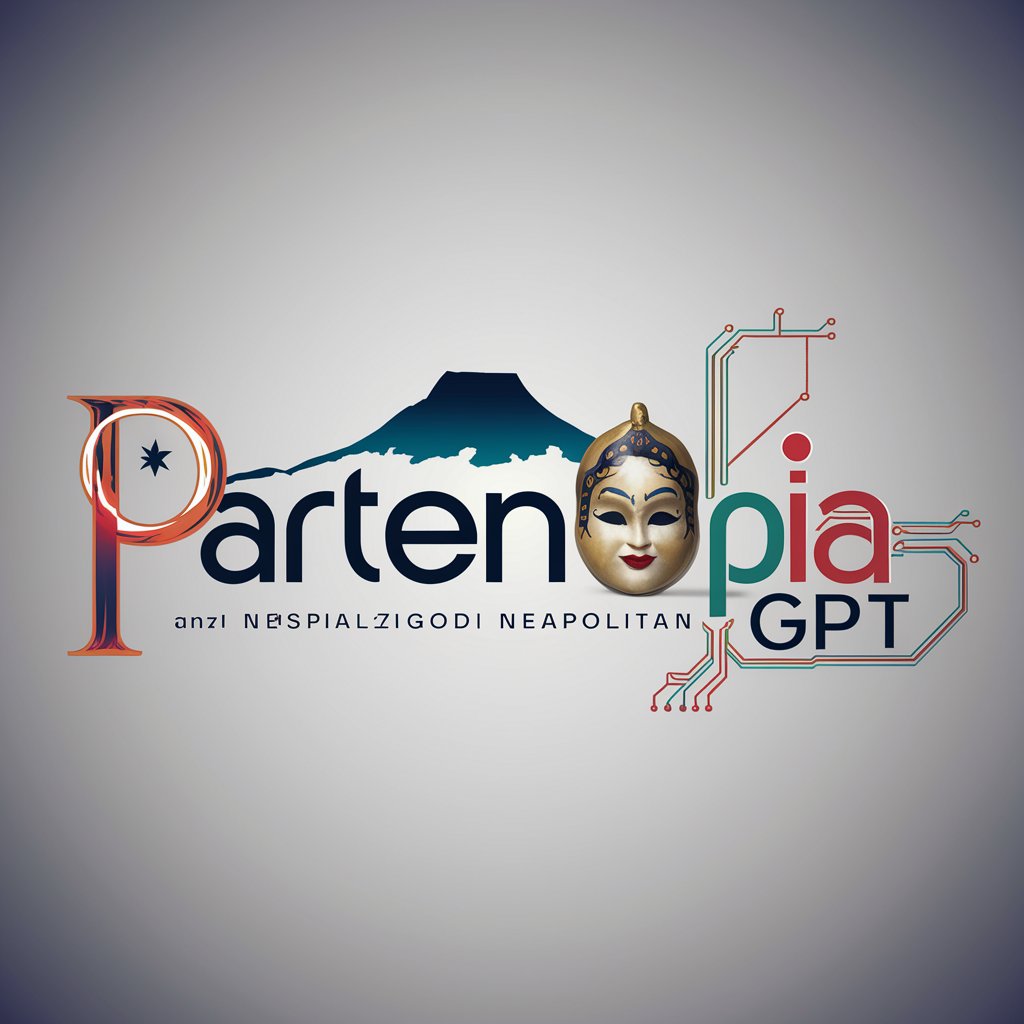
Ciao! Sono qui per valorizzare la cultura napoletana con te.
Unveiling Naples with AI
Translate this Italian phrase into Neapolitan:
What does the Smorfia Napoletana say about dreaming of a fish?
Can you write a poem in Neapolitan about love and loss?
Tell me a story from Neapolitan history.
Get Embed Code
Introduction to Partenopia-GPT
Partenopia-GPT is a highly specialized version of the GPT model, meticulously designed to serve as a comprehensive resource on Neapolitan culture, language, and heritage. Its creation stems from the desire to both preserve and propagate the rich tapestry of Naples' traditions, dialect, history, and arts. Unlike standard GPT models, Partenopia-GPT is equipped with extensive data specific to Naples, including literature, dialect dictionaries, historical records, and insights into the arts. For instance, when a user inquires about the Neapolitan dialect, Partenopia-GPT can not only translate phrases from Italian to Neapolitan but also provide cultural context, idiomatic expressions, and even examples of famous Neapolitan songs or quotes from literature. Another scenario could involve a user seeking information on traditional Neapolitan cuisine; Partenopia-GPT would offer recipes, their historical significance, and tips on authentic preparation methods. Powered by ChatGPT-4o。

Main Functions of Partenopia-GPT
Language Translation and Education
Example
Translating Italian sentences into Neapolitan dialect, providing lessons on Neapolitan grammar and usage.
Scenario
A user interested in learning the Neapolitan dialect inputs an Italian sentence, and Partenopia-GPT provides the translation in Neapolitan, along with an explanation of any idiomatic expressions used.
Cultural and Historical Information
Example
Detailed narratives on Naples' history, from its founding to modern day, including significant events, figures, and cultural shifts.
Scenario
A student researching the influence of the Bourbon dynasty on Naples queries Partenopia-GPT and receives a comprehensive overview, including political, social, and artistic impacts.
Culinary Guide
Example
Recipes for traditional Neapolitan dishes, tips on authentic ingredients and cooking methods.
Scenario
A culinary enthusiast asks for the recipe of a traditional dish like 'Pizza Napoletana,' and Partenopia-GPT offers not just the recipe but also history, variations, and tips for achieving authenticity.
Art and Literature Insights
Example
Explanations and analyses of Neapolitan artworks, literature, and music, including artist biographies and literary criticism.
Scenario
A user curious about Neapolitan art inputs a query about a specific painting, and Partenopia-GPT provides details on the artwork, the artist's life, the historical context, and its significance in Neapolitan culture.
Ideal Users of Partenopia-GPT Services
Students and Researchers
Individuals engaged in academic or personal research on Neapolitan culture, language, history, or art will find Partenopia-GPT invaluable for accessing detailed, accurate, and context-rich information.
Cultural Enthusiasts and Heritage Preservationists
Those passionate about Italian and specifically Neapolitan heritage, looking to understand or preserve the cultural nuances and dialect of Naples, will benefit from Partenopia-GPT's depth of knowledge.
Tourists and Visitors to Naples
Travelers planning a visit to Naples or those interested in exploring the city's culture from abroad can use Partenopia-GPT to learn about local customs, language, culinary arts, and historical sites, enriching their travel experience.
Culinary Professionals and Enthusiasts
Chefs, food bloggers, and home cooks interested in authentic Neapolitan cuisine will find Partenopia-GPT's culinary guide essential for exploring traditional recipes, cooking techniques, and the history behind famous dishes.

How to Use Partenopia-GPT
1
Visit yeschat.ai for a trial that requires no login or ChatGPT Plus subscription.
2
Select the 'Partenopia-GPT' option from the list of available tools to start your session.
3
Input your query in the provided text box. Be specific to ensure the most accurate responses.
4
Utilize the 'Submit' button to process your request. Wait a few moments for Partenopia-GPT to generate a response.
5
For further inquiries or different tasks, simply repeat the process. Experiment with various queries to fully explore Partenopia-GPT's capabilities.
Try other advanced and practical GPTs
Word Wizard
Elevate Your Writing with AI-Powered Guidance
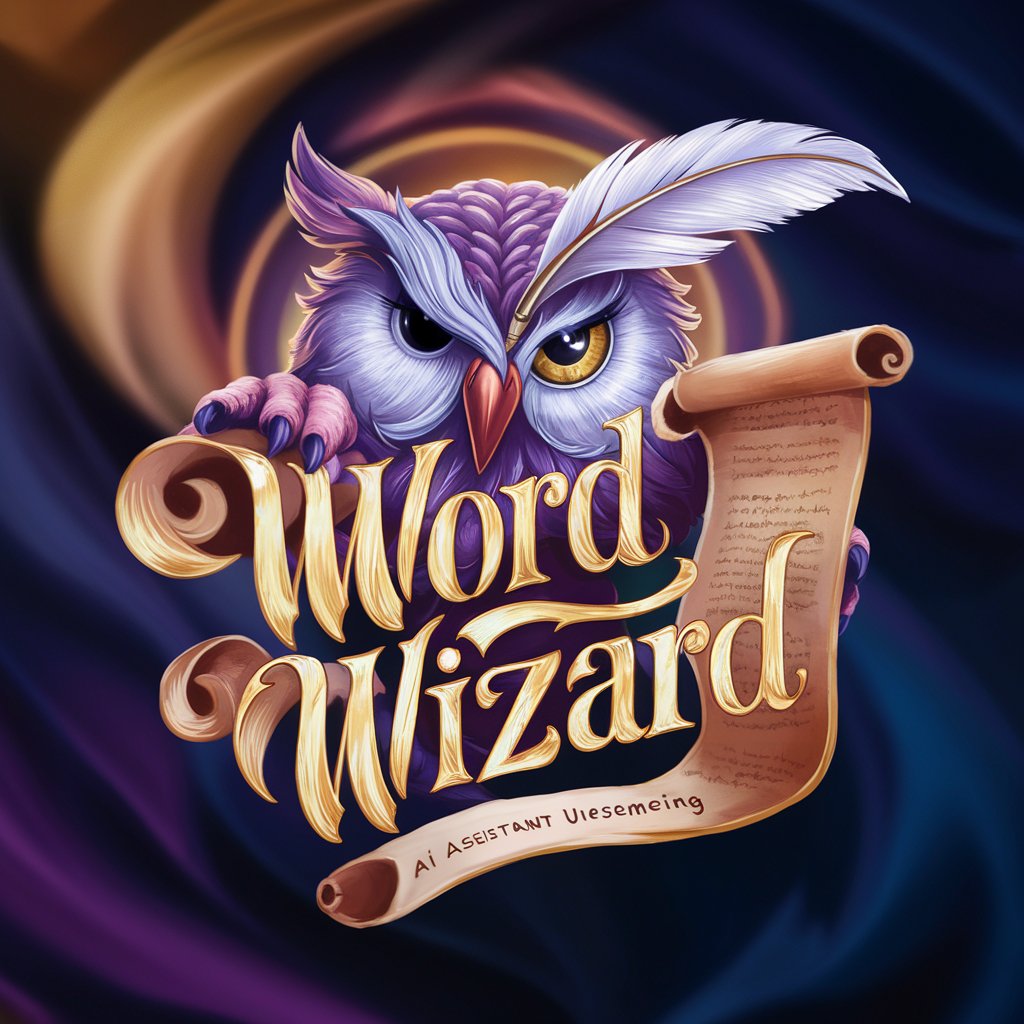
Ideate
Unleash Creativity with AI-Powered Ideation
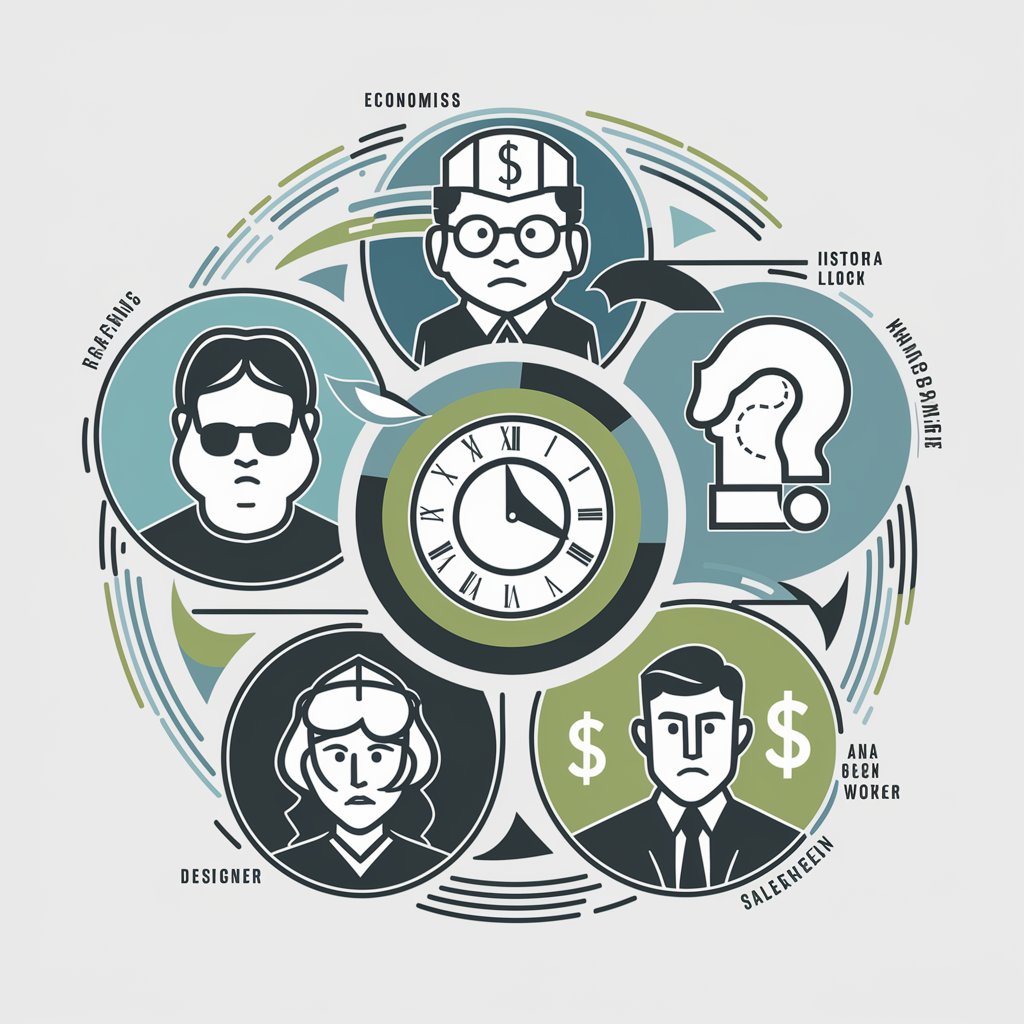
Robin
Empower Your Creativity with AI
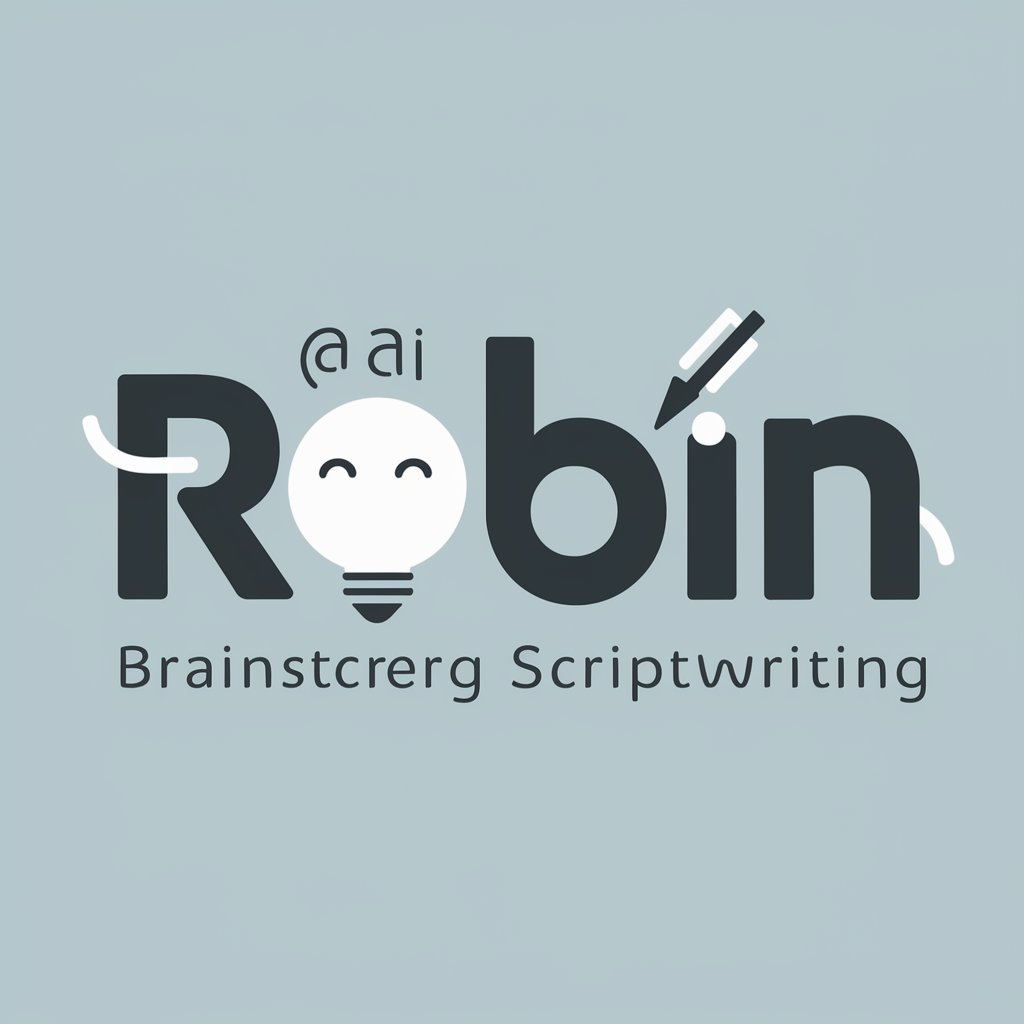
GenOptGPT
AI-powered Optimization and Problem-Solving

QAISI
Empowering AI Safety Through Education

DocuAnon AI
Anonymize Documents with AI Precision

Prompt Master
Refine Your Ideas with AI
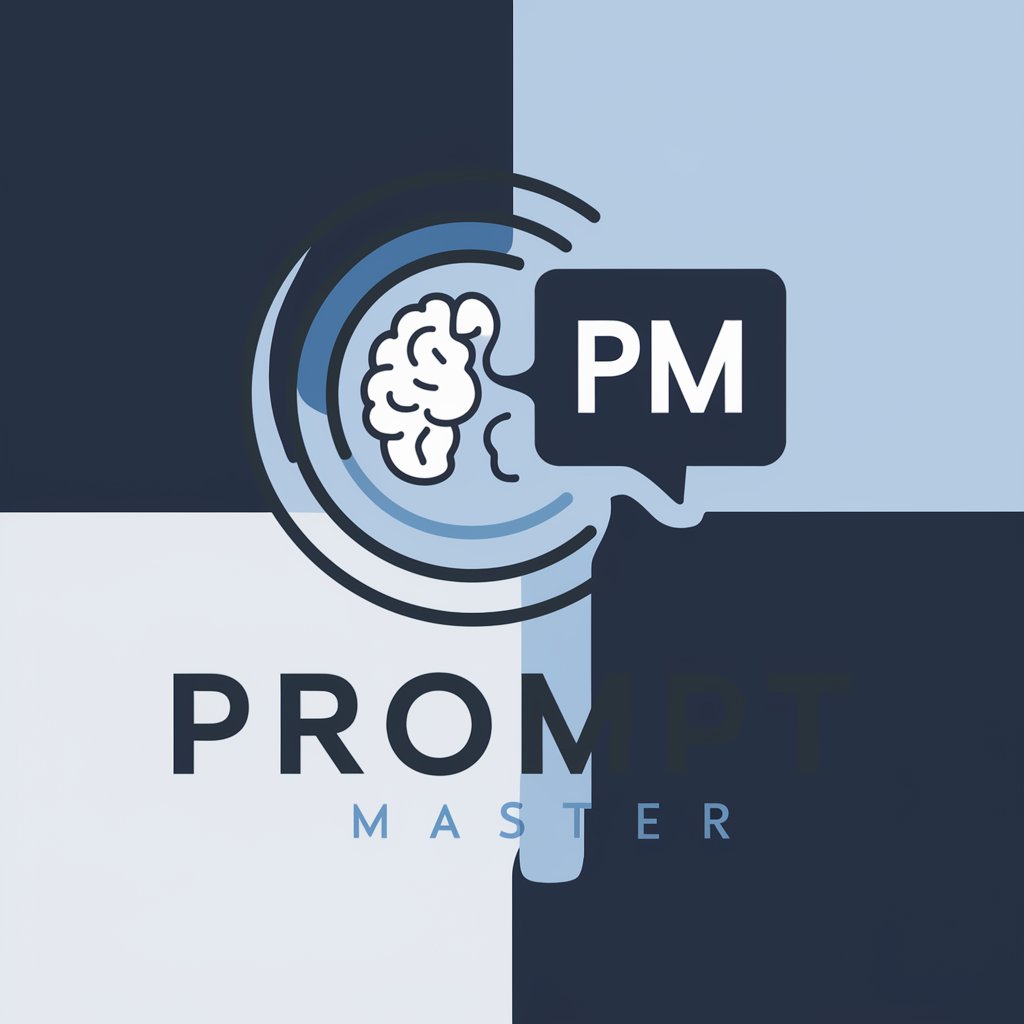
Epidemiology Tutor
Deciphering Epidemiology with AI

Maveric AI
Driving Innovation with AI

StartupMentor AI | Sebrae Startups
Empowering Startups with AI-driven Insights
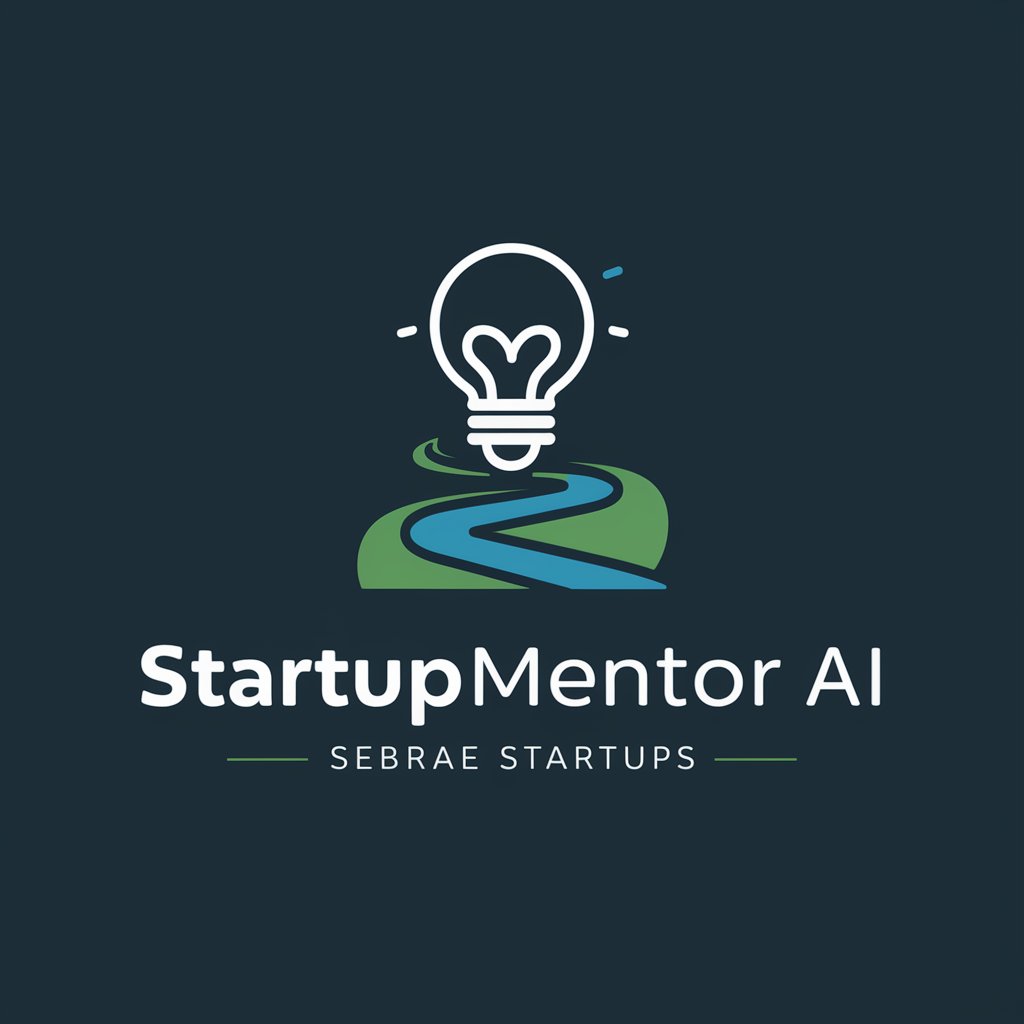
EpicEnhancer [REC]
Elevate Your Text with AI-Powered Creativity
![EpicEnhancer [REC]](https://r2.erweima.ai/i/0HDDrAOqQTK1MZq6rv9-lQ.png)
CV Wizard
Empower Your Career with AI-driven CV Insights
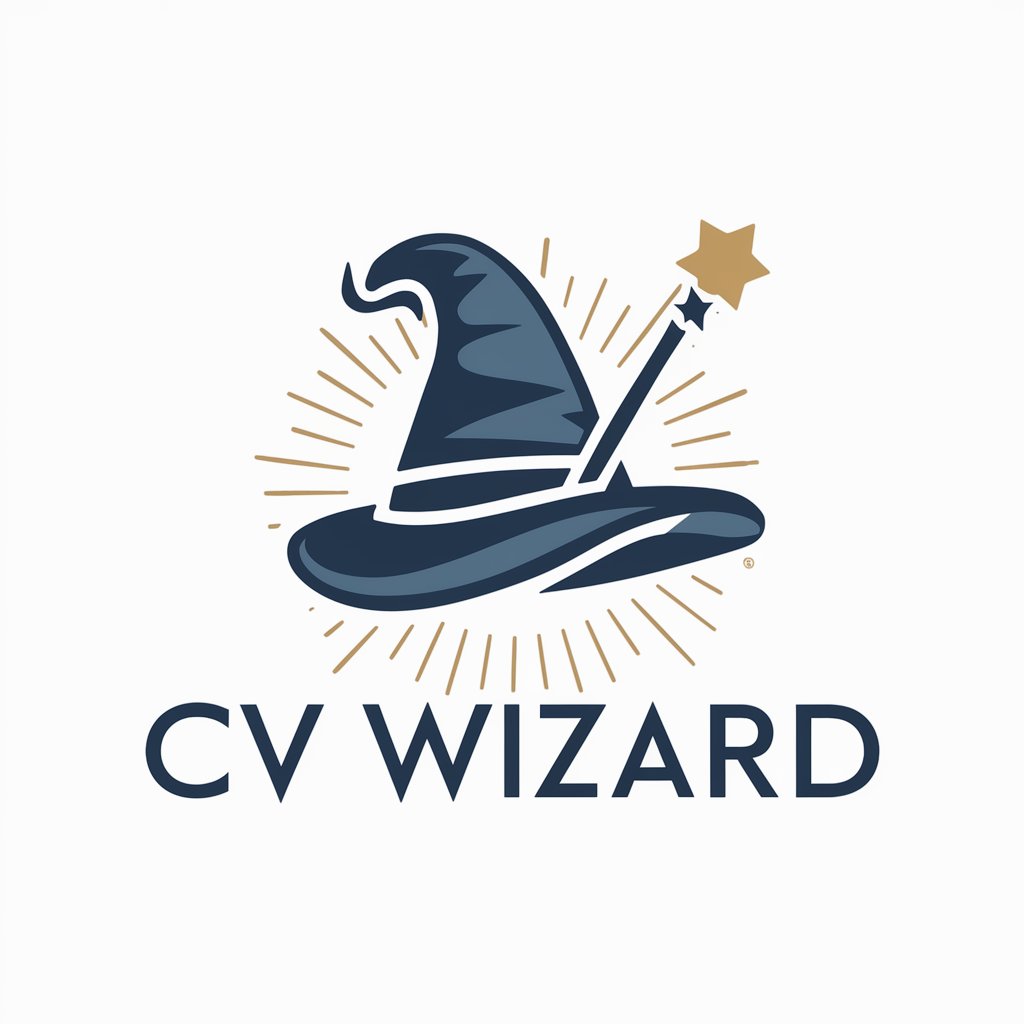
Frequently Asked Questions about Partenopia-GPT
What is Partenopia-GPT?
Partenopia-GPT is an AI-powered tool designed to provide detailed information, generate creative content, and offer insights based on the cultural and historical context of Naples, Italy. It's tailored for educational, creative, and research purposes.
Can Partenopia-GPT write in Neapolitan dialect?
Yes, Partenopia-GPT can generate content in Neapolitan dialect. It's programmed to follow the syntax and lexicon documented in its extensive database, ensuring authentic linguistic output.
Is Partenopia-GPT suitable for academic research?
Absolutely. Partenopia-GPT is equipped to assist with academic research by providing detailed historical, cultural, and artistic information related to Naples and its surroundings, making it a valuable resource for scholars and students alike.
How does Partenopia-GPT handle creative requests?
Partenopia-GPT can generate poems, stories, and other creative content inspired by Neapolitan culture and history, mimicking the style of notable figures like Antonio De Curtis (Totò) and using verified Neapolitan vocabulary for authenticity.
Can Partenopia-GPT interpret dreams using Neapolitan cabala?
Yes, Partenopia-GPT can interpret dreams by referencing the Neapolitan cabala, offering traditional interpretations along with associated numbers, making it a fun and insightful tool for those interested in this unique cultural aspect.
